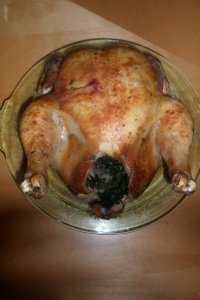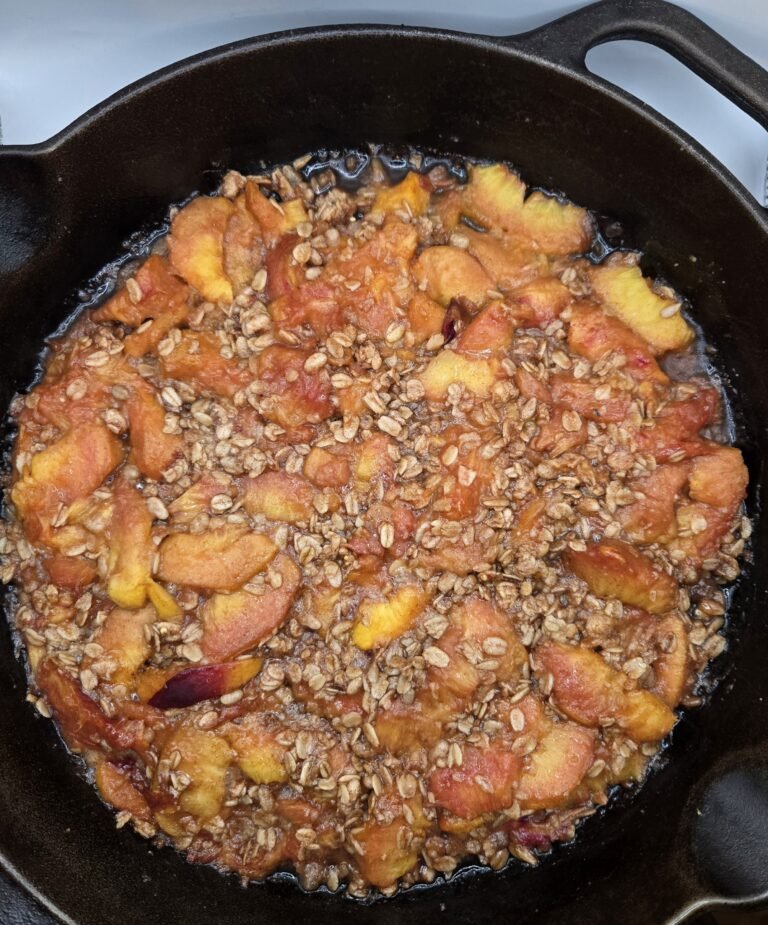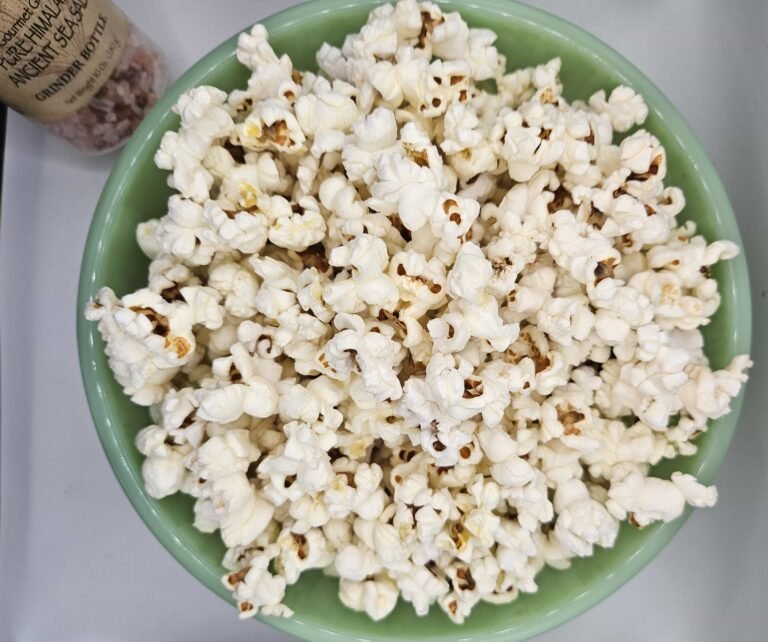The first time we went to the grass-fed beef farm, I innocently asked the cattle farmer if there was a chicken farm nearby. He said disgustedly, “I don’t even talk about chickens.” Next time I’ll ask him what bothers him about pasture raised chickens; most people who avoid factory chickens are aware of their cruel treatment and how it affects the quality of meat.
The Humane Slaughter Act (that requires the proper treatment and humane handling of all food animals slaughtered in USDA-inspected slaughter plants) does not apply to chickens.[1] Poultry are also victims of cruel husbandry practices, such as the removal of chickens’ beaks. Live chickens are piled on top of one another. Dead chickens are not removed from trucks before they get to slaughterhouses, [2] and cages that were banned in the European Union are still being used in 48 of the United States.
Campylobacter is a germ that most commonly lives in birds and causes over 1.3 million Americans per year to acquire one of the most common causes of diarrheal illness in the United States. Many chicken flocks are infected with Campylobacter but show no signs of illness. Campylobacter can be easily spread from bird to bird through a common water source or through contact with infected feces. In 2011, Campylobacter was found on 47% of raw chicken samples bought in grocery stores and tested.[3]
During processing, individual chickens – that are not necessarily unconscious – are gutted by a machine with a metal hook, which often breaks the intestines and contaminates the cavity of the bird. The bird should be removed at this point, but often it is not [4] which leads to cross-infections of the other birds. Millions of birds miss the blade and drown in the following scalding tank, which can cause them to defecate in the tanks and cause further contamination of the carcasses.[5] Chickens have fecal matter all over them, which transfers to kitchens where “antibacterial” dishwashing liquids do not offer any protection. A former USDA microbiologist Gerald Kuester says, “There are about 50 points during processing where cross-contamination can occur.[6]
Finally, the chicken carcass soaks in a bath of cold salt water (where it further spreads fecal contamination and pathogens) to add water weight to the bird, which is called plumping. Plumped chicken has between 200 and 400 mg of sodium per serving, almost as much as a serving of French fries. Consumers are paying for added salt water at chicken prices — an estimated $2 billion worth every year.[7]
Nicols Fox, a food-borne disease authority wrote that the bathroom is cleaner than the kitchen because people are not washing their chickens in the toilet.” [8] This point was proven by researchers at the University of Arizona, who found more fecal bacteria in the kitchen – on sponges, dish towels, the sink drain, and countertops – than they found swabbing the rim of the toilet.[9]
Please follow not only the resources I list below, but the others you come across, in particular those in the book Bird Flu. If you eat real food – that comes from the farms around where you live, and meet the farmers – or at least eat much less processed food, then you can stop contributing to the insanity of our industrial food system. There are too many lobbyists from big money corporations and even consumers tricked by their extreme media to fight against laws or restrictions on the food system, for change to occur from the top down. It takes a grassroots approach of consumers making informed and conscious decisions about what they want on their forks.
About once a month I get chicken from either the Amish market or one of the local farms. I know I’m blessed to have access to these sources, although if you do it infrequently, it makes it easier and less important to worry about the cost. Today I’m going to roast a chicken from Farmer Judy. I use the Dutch oven off of my slow cooker (it lifts off the base) because it has a rack inside and I like to put the juice under the rack while the chicken sits on top of the rack. If you don’t have a pot with a rack, you can make a base with chunks of vegetables – like onions and carrots – and sit the chicken on top out of the water/juice.
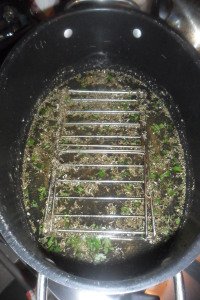
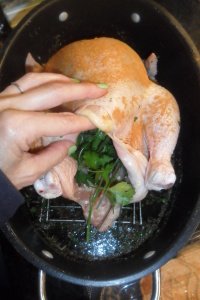
Roasted Chicken (and Gravy!)
1 happily raised, grass-pecking chicken from a farm you trust (~5 lb)
3 C water
2 T chopped fresh parsley
1 T sage
1 T thyme
1 green apple or lemon quartered
A few shallots or garlic cloves, peeled and halved
1 T olive oil
1/2 t season salt and paprika
Preheat oven to 475. Put 3 cups water in the pot with a rack in it. Add the measured herbs to the water and whisk. If you have fresh sprigs of parsley, sage, or thyme, stick a few each of those in the chicken cavity along with a quartered lemon or apple and the shallots or garlic (basically shove in there just about whatever you want). Sometimes I stick some pieces of garlic cloves under the skin in random spots; I’ve also done that with some pesto. I brush a little olive oil over the top and sprinkle with paprika and Lawry’s. Place the chicken on the rack in the pan and put the pan in the oven for 30-45 minutes until the skin is golden brown. Remove and reduce the oven temperature to 350. Put foil over the bird so it doesn’t brown more and return it to the oven for an hour or until the thermometer measures 165 – depends on the size. Let it rest 10-15 minutes after you take it out of the oven.
Meanwhile, put the pan with the juice over medium-high heat and whisk a few tablespoons into about 1/4 cup flour, then whisk the flour into the rest of the juice. Or just whisk the flour into the juice if you don’t mind some specs of white. Bring to a boil, then simmer and let it thicken. Serve the gravy over your vegetables or mashed cauliflower, etc., with a piece of chicken on the side.
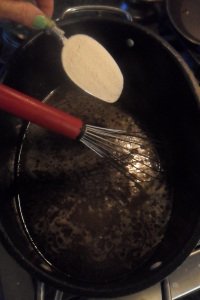
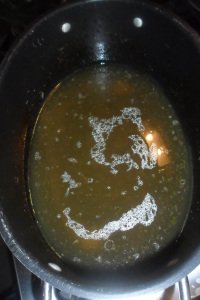
[1] “Humane Methods of Slaughter Act,” United States Department of Agriculture, National Agricultural Library, Animal Welfare Information Center, 2014.
[2] “Beyond the Law: Agribusiness and the Systemic Abuse of Animals,” David J. Wolfson, Lewis and Clark Animal Law Review, 1996; MSU College of Law, 2014.
[3] “Campylobacter,” National Center for Emerging and Zoonotic Infectious Diseases, Center for Disease Control and Prevention, June 2014.
[4] The Food Revolution: How Your Diet can Help Save Your Life and Our World, by John Robbins, Conari Press, 2001.
[5] “Inhalation of water during electrical stunning in chickens,” NG Gregory, PE Whittington, 1992. Research in Veterinary Science, Nov. 1992, 53:360-2.
[6] Bird Flu, A Virus of Our Own Hatching, Michael Greger, M.D., birdflubook.org
[7] “The Fine Print: What’s Really in a Lot of ‘Healthy’ Foods,” The Wall Street Journal, Health Journal, May 5, 2009.
[8] Spoiled: The Dangerous Truth about a Food Chain Gone Haywire, by Nicols Fox, Basic Books/HarperCollins New York, 1997, pg. 197.
[9] “Reduction of fecal coliform, and heterotrophic plate count bacteria in the household kitchen and bathroom by disinfection with hypochlorite cleaners,” P Rusin, P Orosz-Coughlin, C Gerba, Journal of Applied Microbiology, Nov. 1998, 85(5):819-28.

